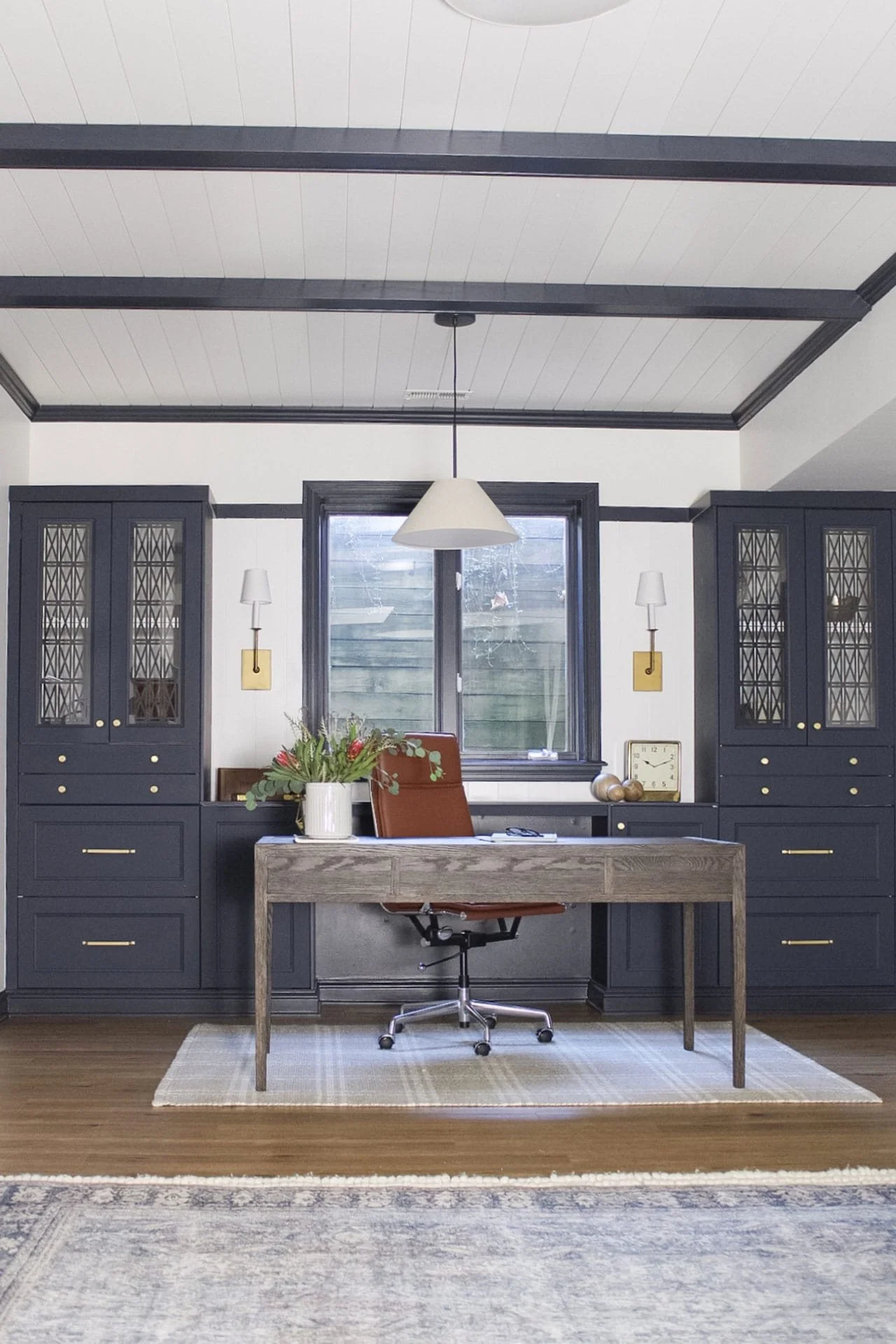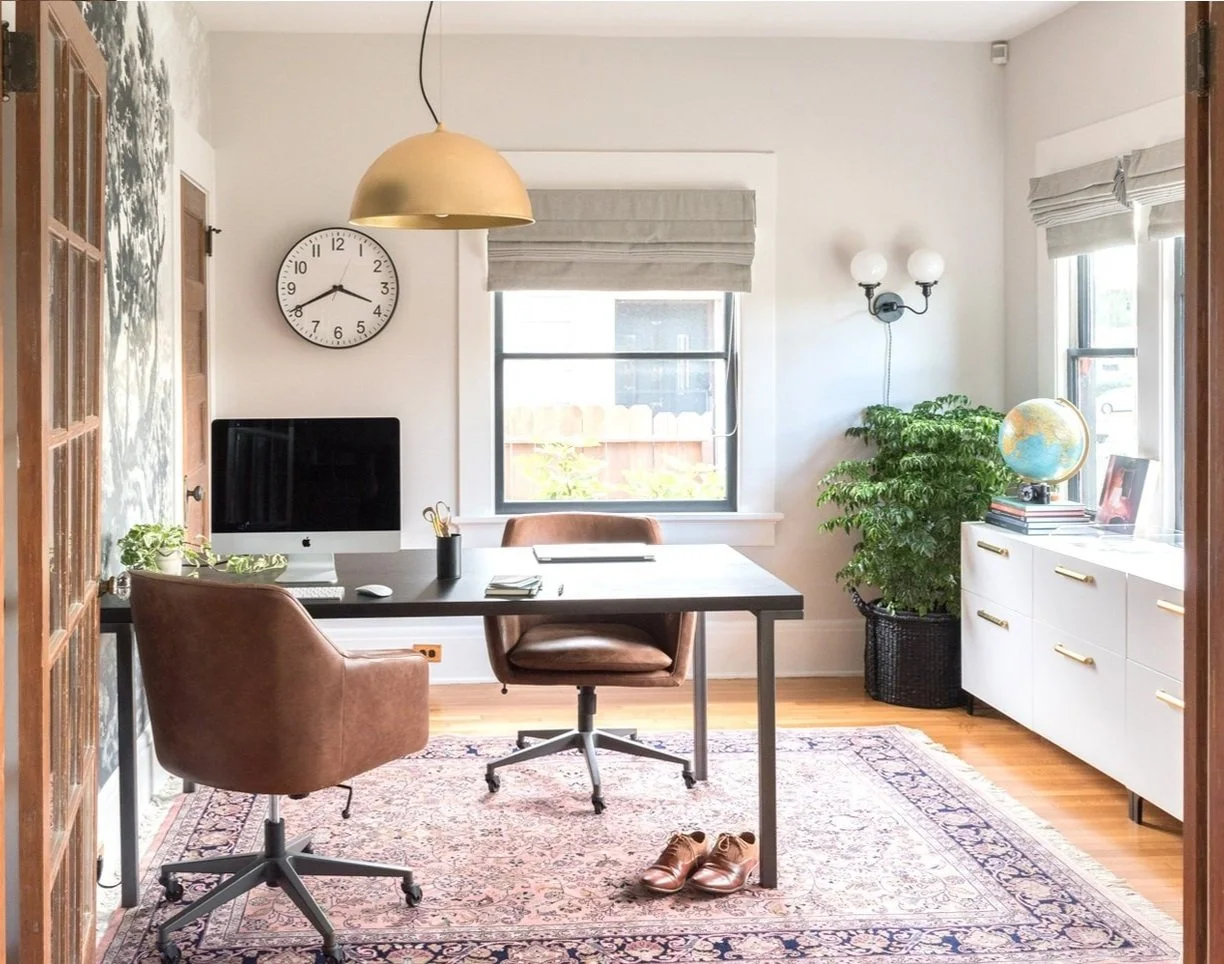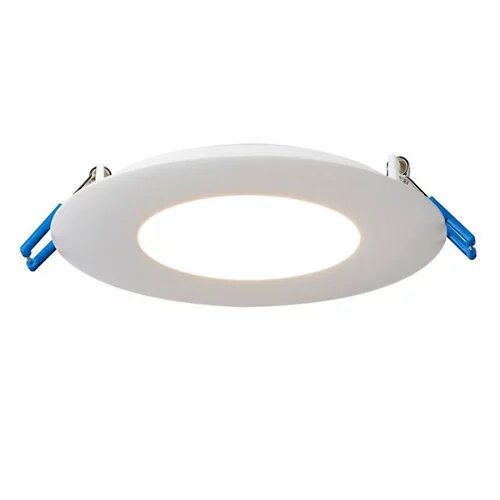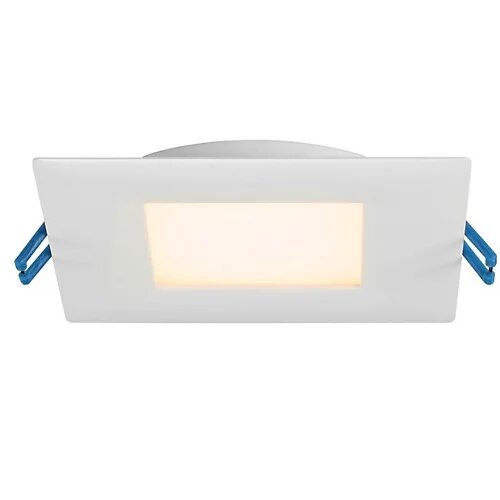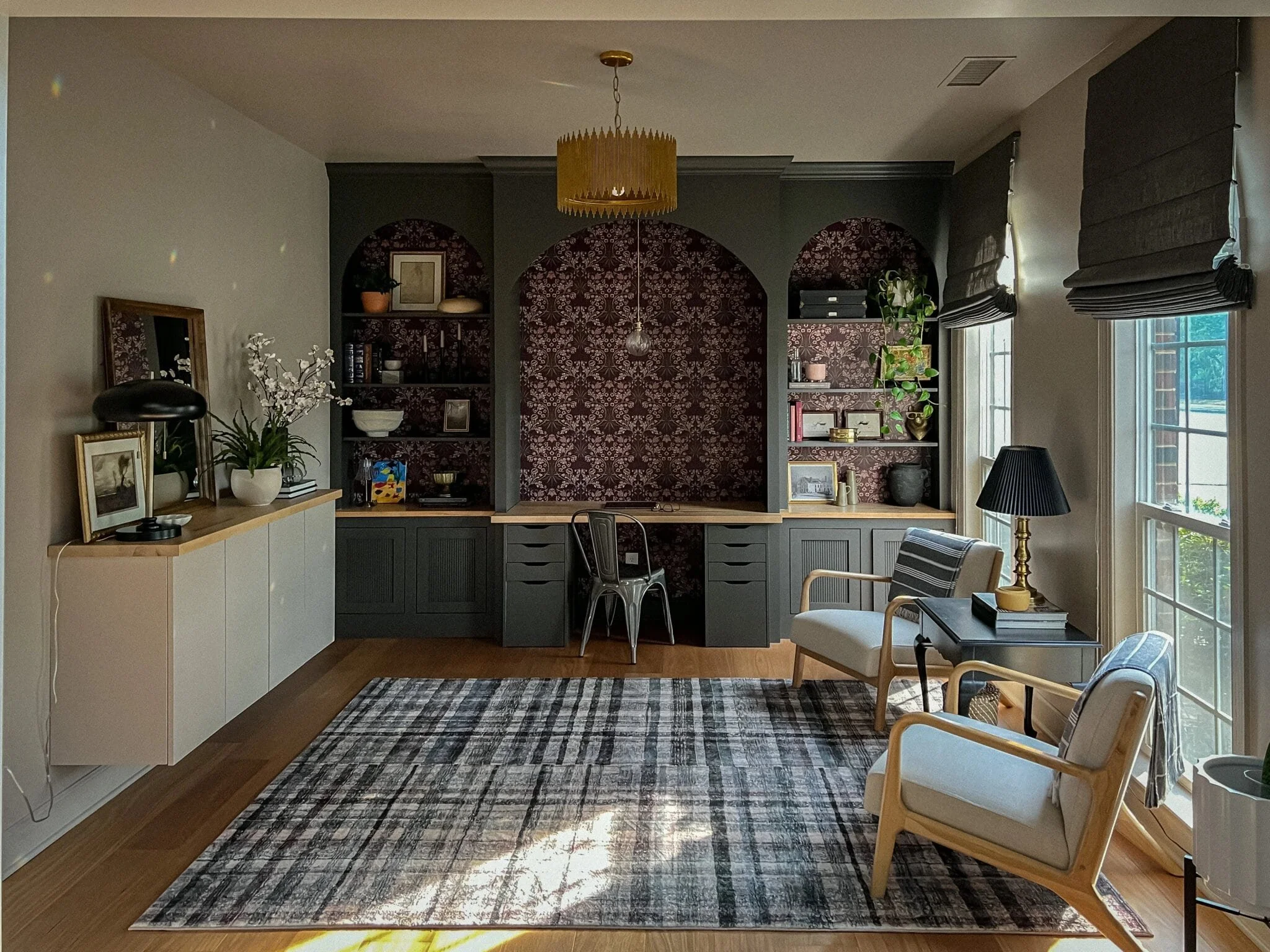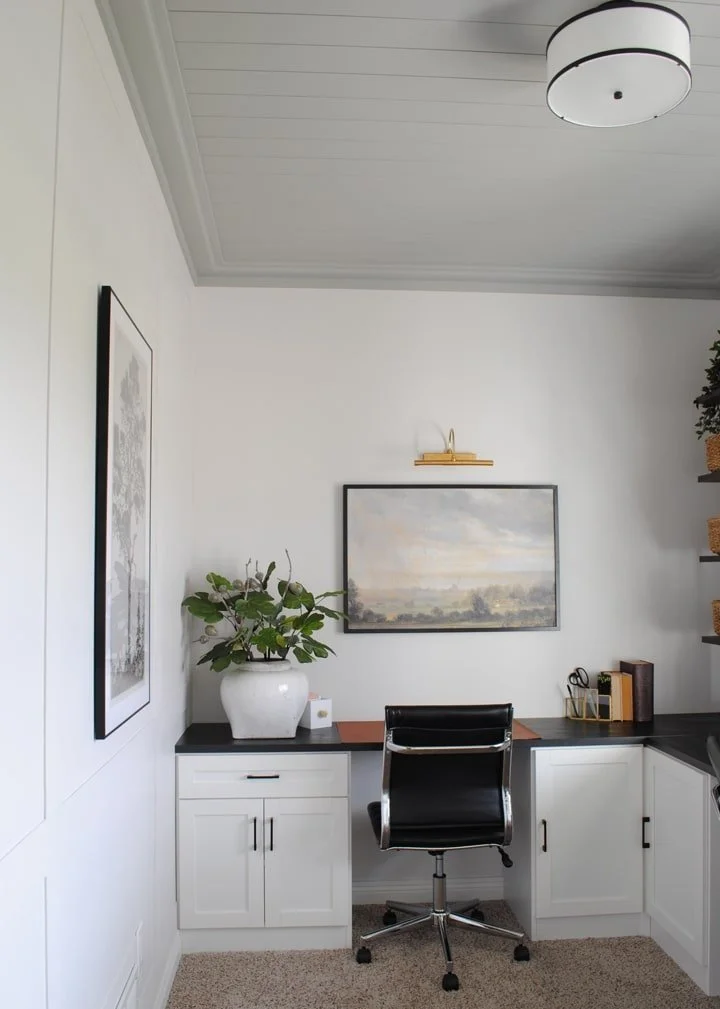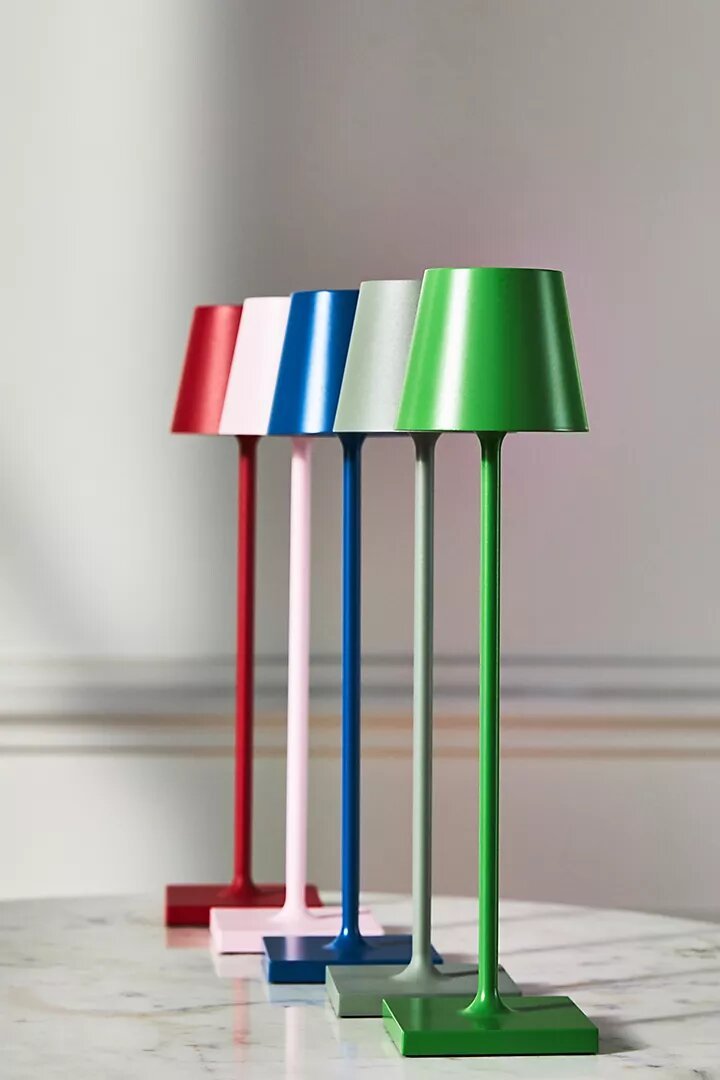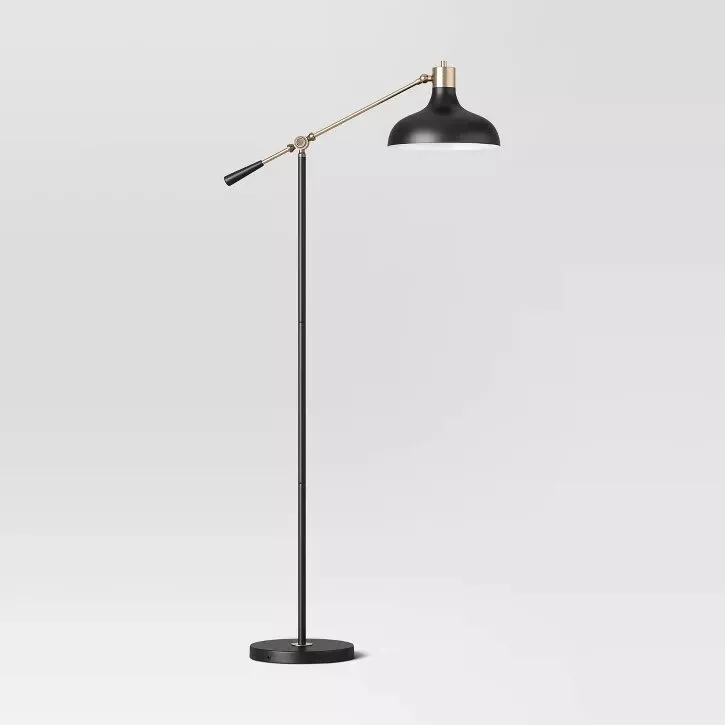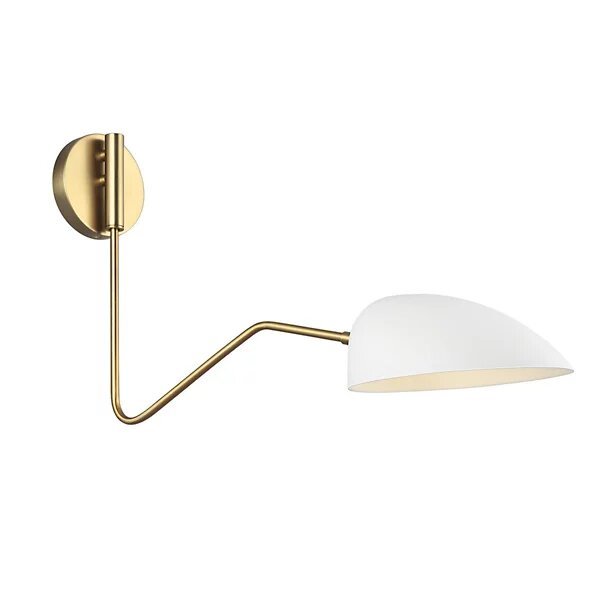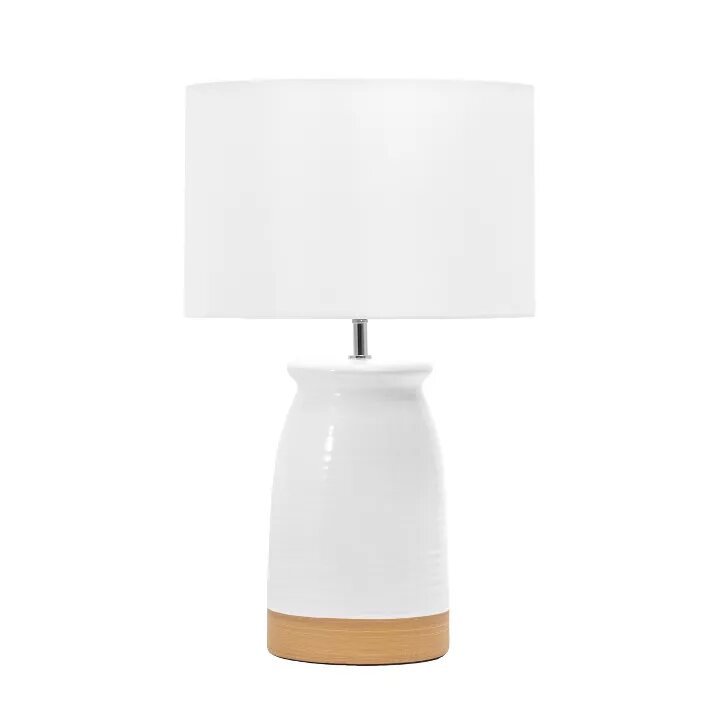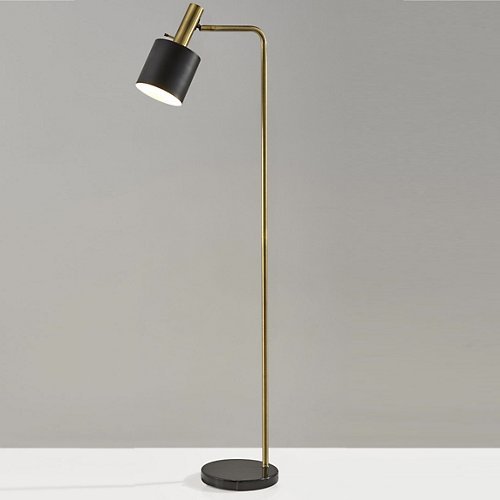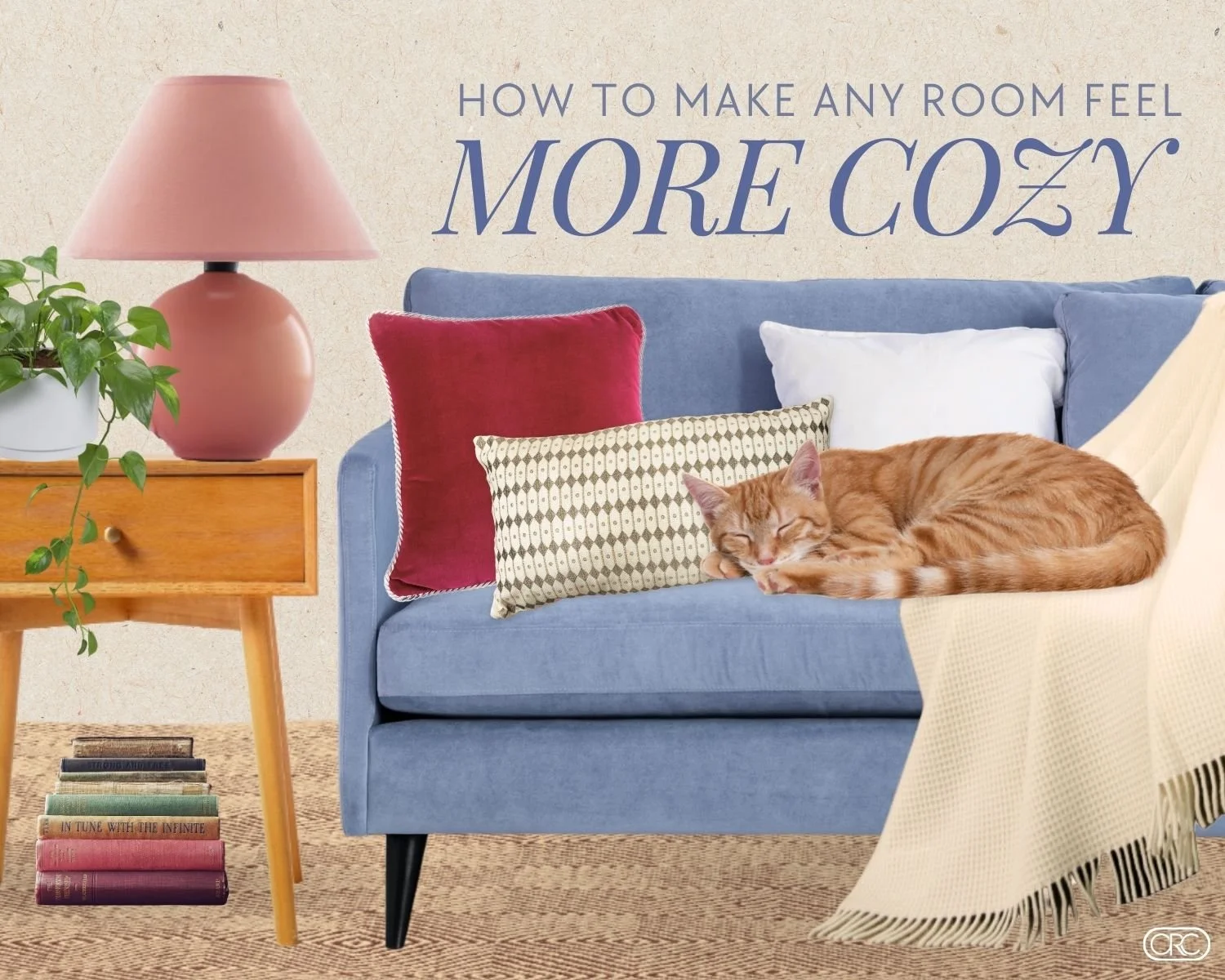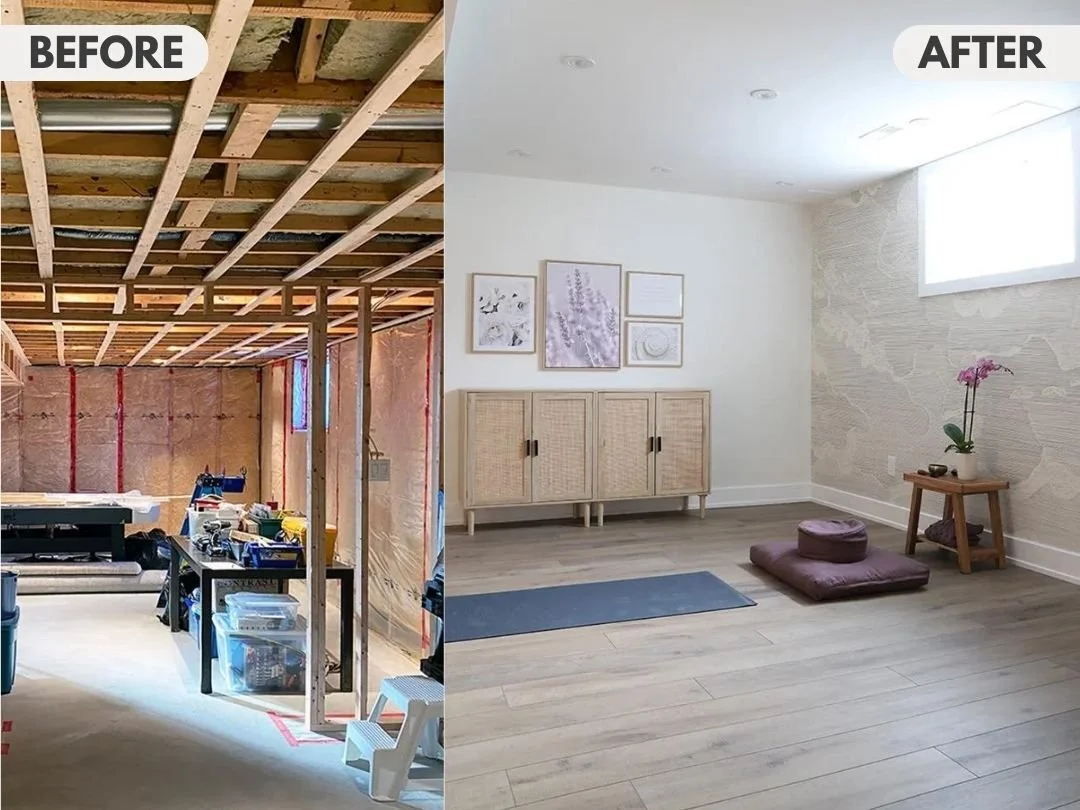Glow Up Your Home Office: A Lighting Design Guide
DESIGN
STORY BY VIRGINIA BESHEARS, PHOTO VIA BETH DIANA SMITH
Unless your house was built with great forethought and you only need to work during daylight hours, the room that became your home office may have a less than ideal amount of natural light.
It's important to have the right lighting to make the most of your time there, and designing the lighting in your home office comes with unique challenges and considerations. From how to decide how many Kelvins you want to gorgeous and inspiring examples, we’ve got you covered in our guide to lighting your home office.
VIA HOUSE WITH HOME
Layer your light sources
The biggest rule of lighting design is to always layer light sources. Layering light involves combining different sources on three layers-- the highest layer being ceiling lighting, the middle layer being things like sconces, wall lights, and floor lamps, and the lowest layer being things like table lamps and task lamps--to create a balanced and functionally lit space with light evenly distributed throughout the room.
While the layered lighting rule generally applies to every room in the house, it’s especially important in workspaces, where you need to be able to see what you’re doing and adjust the level of light easily. A desk lamp or task light is a must have, because it will allow you to direct light where needed most, and minimize eye fatigue, by making tasks like reading and writing easier. Additionally, though you might not realize it consciously, a room with exclusively overhead lighting can feel harsh, overbearing, and reminiscent of commercial buildings. Having layered light sources like lamps will make a room be a more pleasant and inviting space to spend time.
VIA THE GOLD HIVE
Many people advise against the use of recessed lighting, which is understandable, because they aren’t beautiful. Doorstops aren’t beautiful either, but sometimes a door needs to be stopped! In large or dark rooms, recessed lighting (aka can lights) is sometimes necessary. Especially in a workspace, where you need to be able to see what you’re doing, the benefits of can lights outweigh the downside. Luckily, there are some incredibly subtle and minimal recessed lighting options out there.
Choose the right bulbs
The light bulbs you chose have a huge impact on the functionality and mood of your space. The first thing to think about when choosing a lightbulb is the lumens, or how bright a bulb is. Higher lumens means a brighter bulb. A lumen calculator is your best tool in figuring out how many lumens you’ll need to light your space. The calculator will give you a total number of lumens, and you can use that number to determine both how many light sources you need and how bright they need to be. Note that the color of your walls plays a part in this calculation.
The next factor to consider is Kelvins, which means how warm or cool the light bulb is. 2,700 to 3,000K is purely warm, and is close to the color you’d get from incandescent bulbs. 3,000 to 4,000K is a bit brighter with a hint of warmth. 4,000 to 5,000K is almost purely white, and 5,000 to 6,500K is faintly blue. Warmer bulbs will make a space feel more cozy and relaxing, while mid to cool bulbs feel more like true daylight.
Bulbs between 4,000 and 6,000K are best suited to a workspace because they’ll feel bright and energetic.
The scale actually goes all the way down to 1,000K and all the way up to 10,000K, but we don’t recommend venturing beyond the middle of the spectrum either way-- unless, of course, you want your room to look like Breaking Bad when they go to Mexico or the entirety of Ozark.
One unique consideration
The last and most unique consideration for lighting a home office space is your screen(s). Be sure to place your lighting fixtures and desk in a way that minimizes glare and shadows on your work surface. Ensure that your lighting is positioned above and slightly behind your monitor to prevent screen glare and enhance screen visibility.
Lighting is a key ingredient for a productive and comfortable workspace. As fun as it is to hunt for the perfect lamp or sconce, taking the time to figure out the technical stuff like lumens and Kelvins will aid you so much in the long run. When you’re done, you’ll have a beautiful home office that fosters focus, creativity, and overall well-being.


